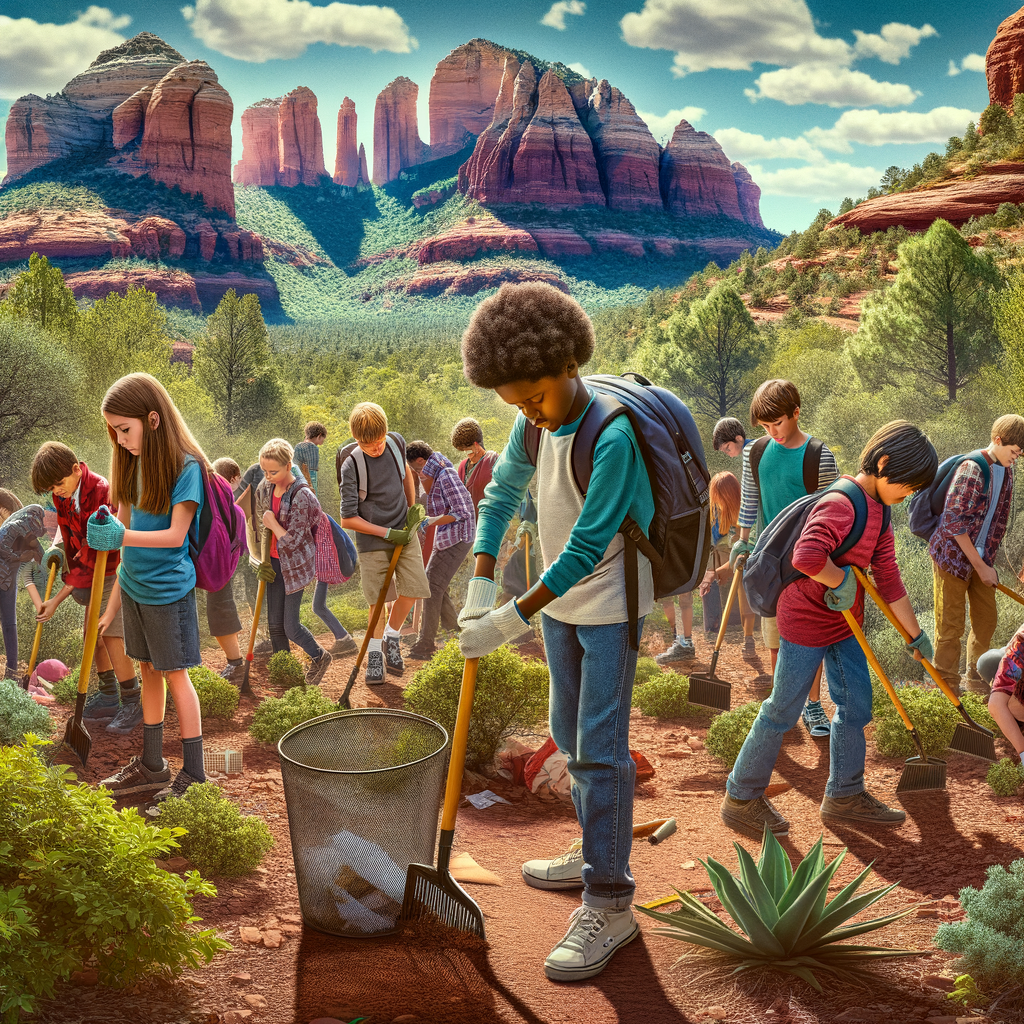Outdoor Science Experiments for Kids: Conduct Simple Experiments Outdoors
Outdoor Science Experiments
Engaging in science experiments outdoors can be both educational and fun for kids. It allows them to explore the natural world around them while learning various scientific principles. In this article, we will discuss some simple and exciting science experiments that can be conducted outdoors.
1. Rainbow Reflections
One fun outdoor science experiment is creating a rainbow using a water hose and sunlight. Position the water hose so that it creates a mist, and then stand with your back to the sun. You will see a rainbow forming in the mist due to the sunlight being refracted in the water droplets.
Explain to the kids how rainbows are formed through this experiment, teaching them about refraction and the visible light spectrum.
2. Solar Oven S’mores
Another exciting outdoor experiment is making s’mores using a solar oven. Construct a simple solar oven using a pizza box, aluminum foil, plastic wrap, and black construction paper. Place graham crackers, chocolate, and marshmallows inside and leave it in the sun to melt.
This experiment teaches kids about solar energy and how it can be harnessed to cook food, combining fun with learning.
3. Seed Germination
Have kids plant various seeds in pots and place them in different locations outdoors. Observe and document how sunlight, water, and soil affect the germination process. This experiment can teach children about plant growth requirements and the importance of environmental factors.
Encourage kids to predict which seeds will germinate fastest based on their understanding of plant needs.
4. Rock Candy Crystals
Create rock candy crystals outdoors by making a supersaturated sugar solution and hanging a string in it. Leave the jar in a sunny spot and watch as colorful sugar crystals form on the string over time. This experiment demonstrates crystallization and saturation principles in a visually appealing way.
Your kids will enjoy not only making but also eating the delicious rock candy crystals they create.
5. Bug Hunt
Take kids on a bug hunt outdoors and have them observe various insects in their natural habitat. Provide magnifying glasses and journals for them to sketch and write about the bugs they encounter. This hands-on experiment can teach children about biodiversity and the importance of insects in the ecosystem.
Encourage kids to respect nature and observe insects without harming them, fostering a love for the environment.
6. Water Cycle in a Bag
Illustrate the water cycle to kids by creating a mini water cycle in a bag. Fill a plastic bag with water, seal it, and hang it in the sun. As the water evaporates, condenses on the sides of the bag, and falls back down, children can see the different stages of the water cycle in action.
This experiment helps kids understand the continuous process of evaporation, condensation, and precipitation that occurs in nature.
Conclusion
Outdoor science experiments provide a hands-on and immersive way for kids to learn about scientific concepts while enjoying the natural world. By conducting simple experiments outdoors, children can develop a love for science and nature simultaneously, making learning engaging and memorable.
FAQs About Outdoor Science Experiments:
1. Are outdoor science experiments safe for kids?
Yes, most outdoor science experiments are safe for kids when supervised by adults. However, it’s essential to ensure that all safety precautions are followed to prevent any accidents.
2. Can outdoor science experiments be conducted in any weather?
While some experiments may be weather-dependent, there are plenty of outdoor science experiments that can be conducted in various weather conditions. Always consider safety and comfort when planning outdoor activities.
3. How can I incorporate outdoor science experiments into my child’s learning?
You can incorporate outdoor science experiments into your child’s learning by integrating them into nature walks, backyard playtime, or weekend family activities. Make science fun and interactive for your kids.
4. What age group is suitable for outdoor science experiments?
Outdoor science experiments can be tailored to suit various age groups, from preschoolers to teenagers. Adjust the complexity and concepts based on your child’s age and understanding to ensure an enjoyable learning experience.
5. Where can I find more ideas for outdoor science experiments?
You can find more ideas for outdoor science experiments in educational books, online resources, science kits, and nature exploration programs. Get creative and explore the world of science with your kids.
If you are interested in looking into an organized tour for you and your kids, consider visiting our preferred vendor: Sedona Red Rock Adventures.
news via inbox
To be update with all the latest news.




